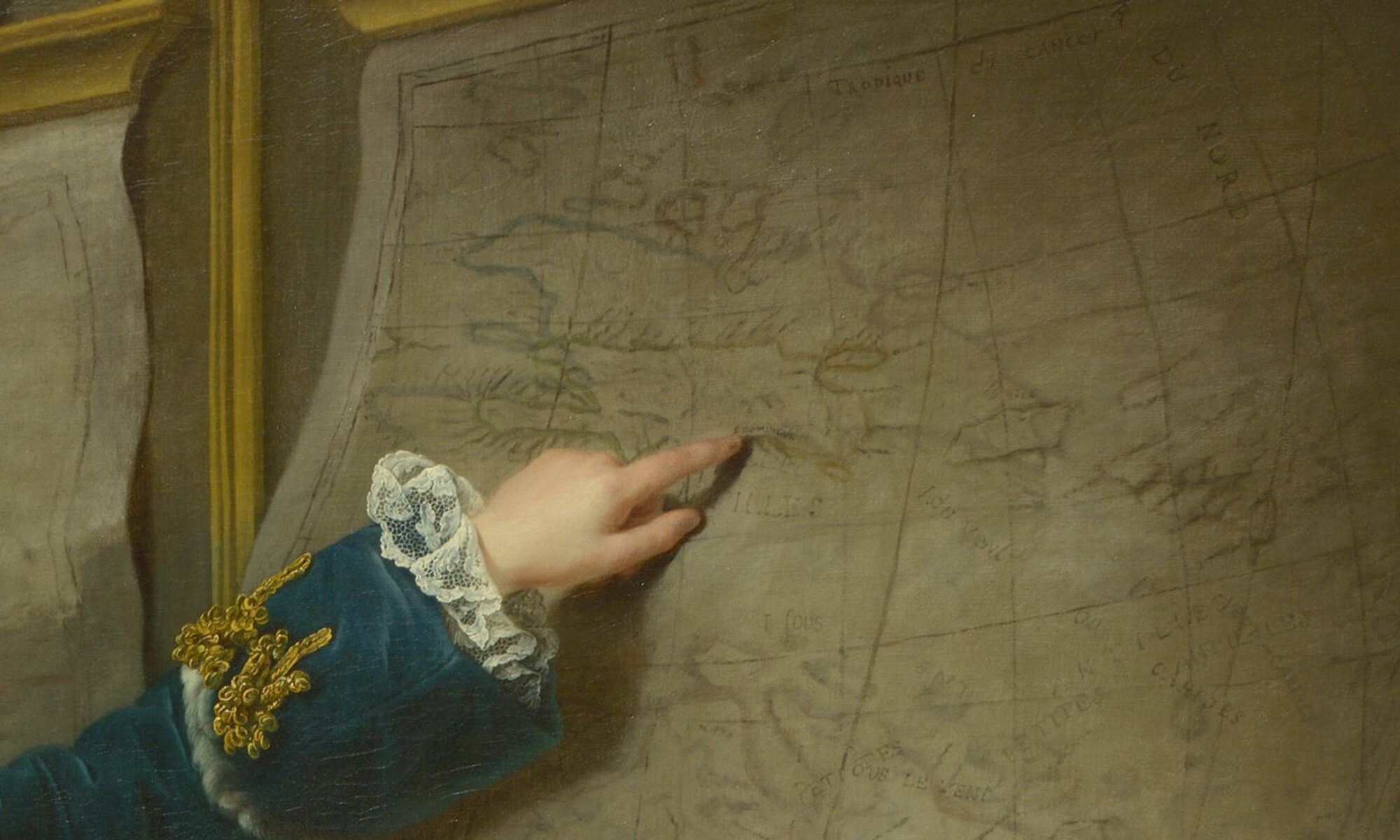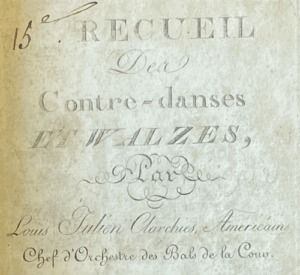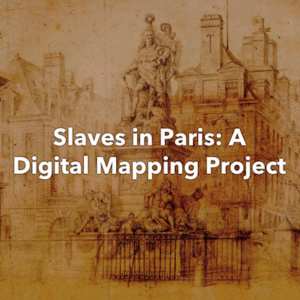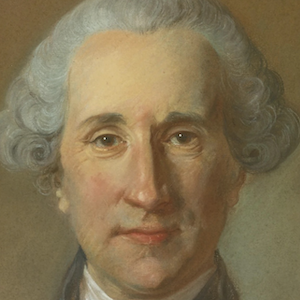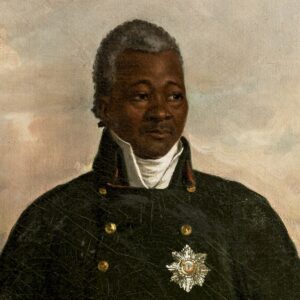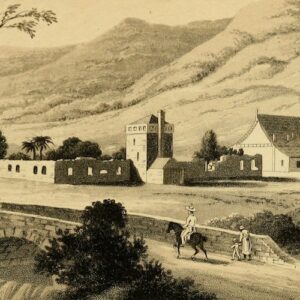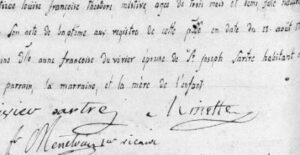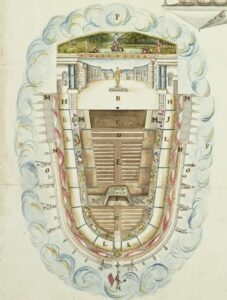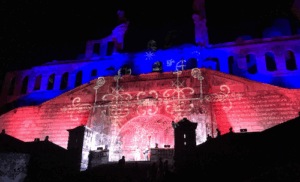
Counter-Mapping Haitian History: An Artist’s Interview with Maksaens Denis
Meredith Martin (NYU) and Hannah Williams (Queen Mary University of London) Throughout 2025, we have had the honor and pleasure of working with the Haitian-born international digital and video artist, Maksaens Denis. Maksaens generously agreed to work with us to produce an animation and digital collage which will feature as the introduction and framing design …
Continue reading “Counter-Mapping Haitian History: An Artist’s Interview with Maksaens Denis”
Read More